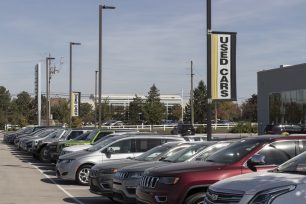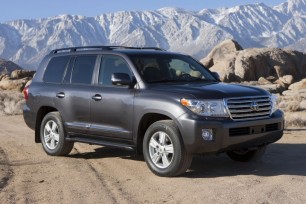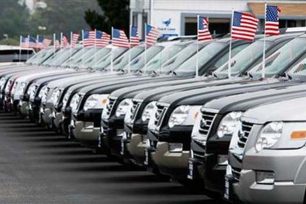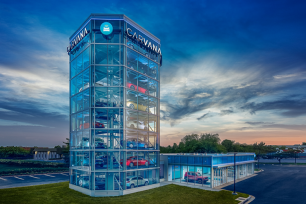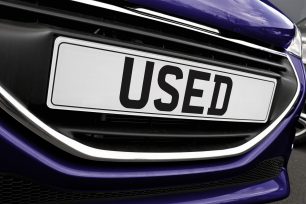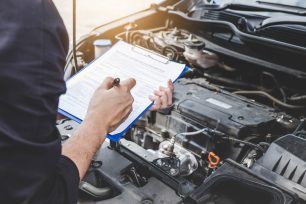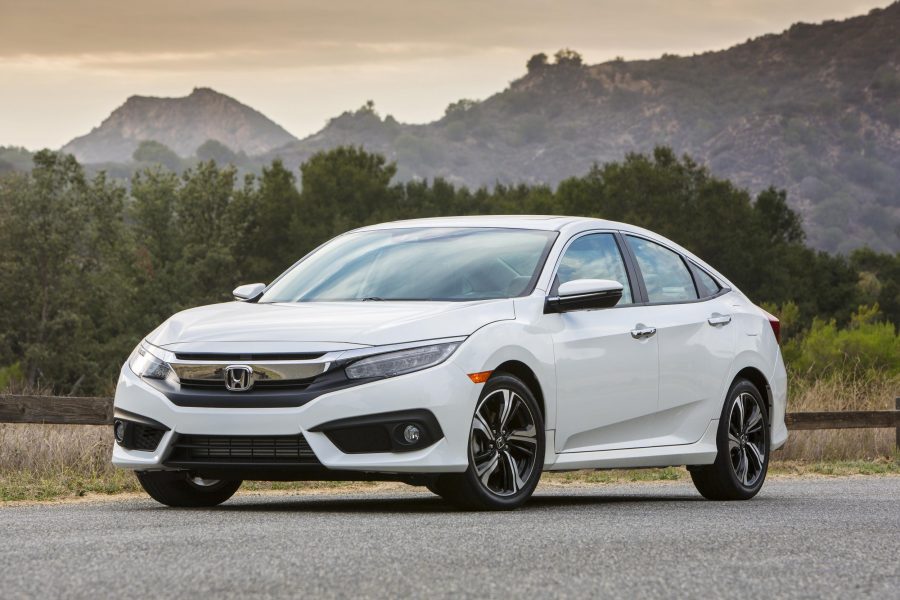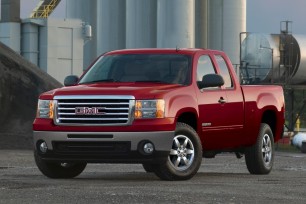While not a truly common repair, replacing a radiator is not all that uncommon either. It’s one of those repairs that sort of falls right down the middle. You stand a much better chance of never needing to replace one if you keep up on your antifreeze fluid changes. Antifreeze doesn’t just keep your engine from overheating or freezing, it also contains solvents and lubricants that help keep your coolant system in peak operating condition. These additives can break down the same way that your engine oil can break down. Replacing this fluid at its regularly scheduled intervals can decrease your chances of ever needing to replace your radiator. However, there are those times when freak occurrences and accidents happen. It’s those times that will lead to the replacement of your radiator. Just to keep you well-informed, let’s take a look at what all is involved in this repair, and how much it costs.
What All Is Replaced?
If there is a problem with the radiator itself, then chances are you’ll just be replacing it alone. The addendum to this rule is if your coolant hoses are exhibiting any weakness. Being rubber, they are prone to weakness after so many times of experiencing the vastly changing temperatures of your engine compartment. These hoses need to be removed from the radiator when it’s replaced, so if they are weak it’s a good idea to simply replace them as well. Most coolant hoses are not that expensive ($20 to $40 on average, though some longer hoses can climb up to $70), and it’s better to replace them while they’re already halfway off than to have one fail while you’re driving.
What Can Cause Radiator Failure?
The most common cause of radiator replacement is leaking coolant. Your radiator is made up of several narrow channels called tubes. These tubes are typically protected from flying foreign objects by the outer fins. However, very small objects can pierce the fins and make their way to the tubes. Remember, your radiator is directly behind your front grille. This leaves it open in some areas to objects flying up off the road and through the air. This is evident, if you’ve ever seen the fins of your radiator, by all the bugs that have become sequestered to it at high speeds. Your radiator is usually made of aluminum, a very soft metal. It doesn’t take much to puncture these tubes, causing a pinhole leak.
The other common cause of radiator failure is corrosion. If you’re a bit neglectful in keeping up with your antifreeze changes, it can lead to an internal breakdown of the radiator itself. Small pieces of metal or other types of material can become lodged within the tubes, causing the coolant to become stopped up and your engine to overheat. When this happens, there is usually no way to unclog the tubes.
So What’s the Total Damage?
Unfortunately, there is no such thing as an inexpensive radiator. If it needs to be replaced, you’ll be forking over a lot of money just for the part. Most vehicles don’t require an enormous amount of labor time to complete this repair. As a matter fact, there are several vehicles that take longer to burp the air out of the coolant system after the repair is complete than the time it takes to complete the repair itself. However, the average cost of a radiator is in the neighborhood of $150 to $200 depending on the model. By the time you factor in the coolant, the hoses (if applicable), and the time it takes to burp the system, you could be in the neighborhood of $400 to $600. This number will only climb higher on certain luxury models and high-priced sports vehicles.
If It’s Leaking, Can’t I Just Use Some Form of Stop-Leak?
There are several brands of what is called stop-leak on the market today. This chemical is added to your antifreeze and works to plug the pinhole leak before it gets any bigger. The only problem with this is that your radiator tubes are extremely narrow. Adding too much stop-leak can not only stop the leak, it can plug the tubes. Stop-leak is definitely not a permanent fix either. It can be used as a stopgap if you’re short on cash, but don’t expect miracles.
(Please remember that these repair prices can also fluctuate based on geographic location, as well as vehicle make and model; and that these numbers represent averages, not actual prices offered at any specific repair facilities.)















